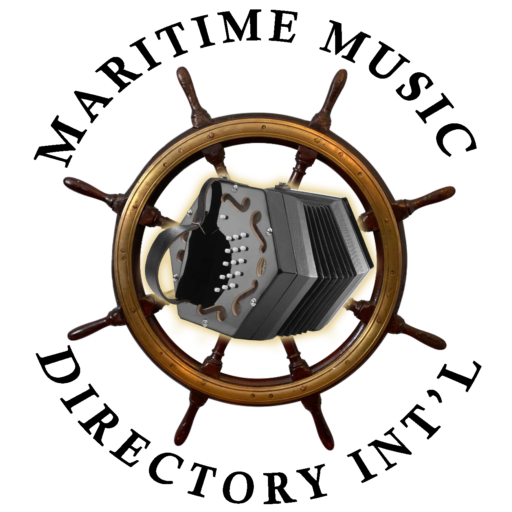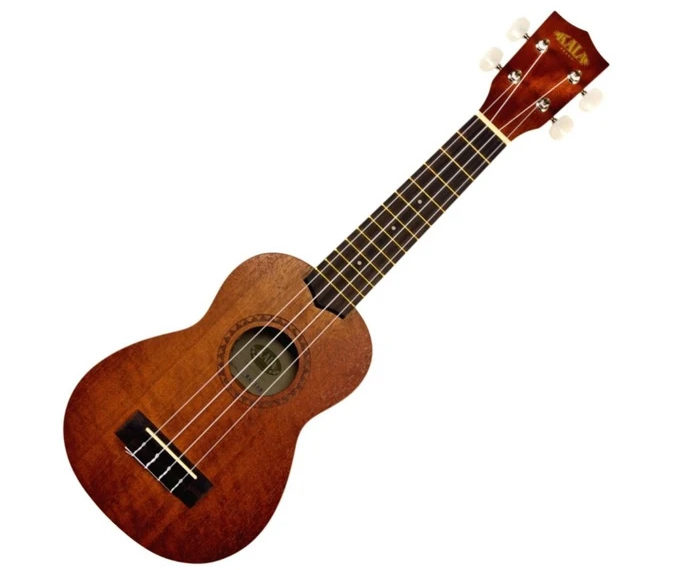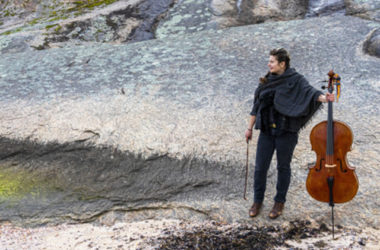Overview
Overview
There is something about sea shanties that resonates with a crowd, Gaito, a Kennebunk resident, said in an interview later.
“The music is simple enough that anyone can get it,” he said.
Although Gaito has been learning music by ear since he was a child, he became enamored with sea shanties after attending a music festival while he was in his sixties. There was something about the timeless melodies, the bawdy stories and the history behind the songs that he found intriguing.
Since then, he’s been collecting sea shanties and sharing them with appreciative crowds. When he’s not performing, he often is making his own undersized musical instruments that pack well for summer sailing trips.
Shanties were necessary to relieve the tedium of the nautical life, said Gaito, and they were so commonplace that they tend to be left out of many sailing histories. The songs were something for sailors to look forward to in an otherwise tough career.
“Their lives were a lot of boredom, a lot of work at sea, and when they get to shore, they’d have a big blow-out,” Gaito said.
Yes
Contact Information
Rich
Gaito
Kennebunkport
ME
USA





